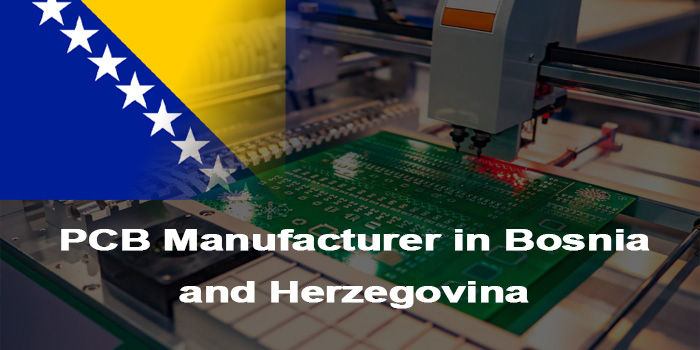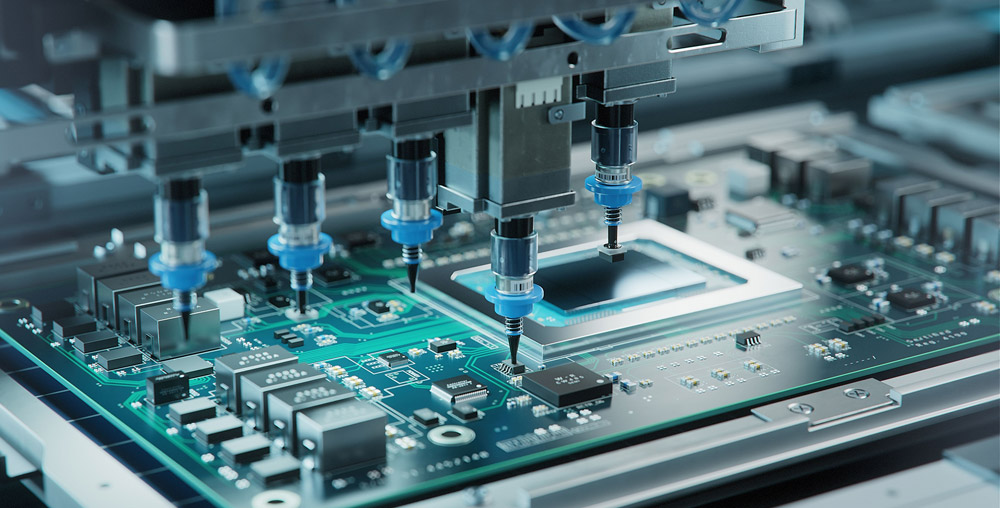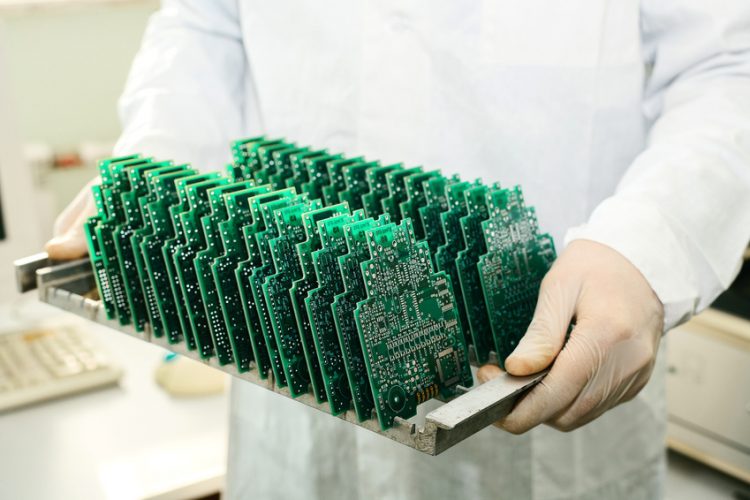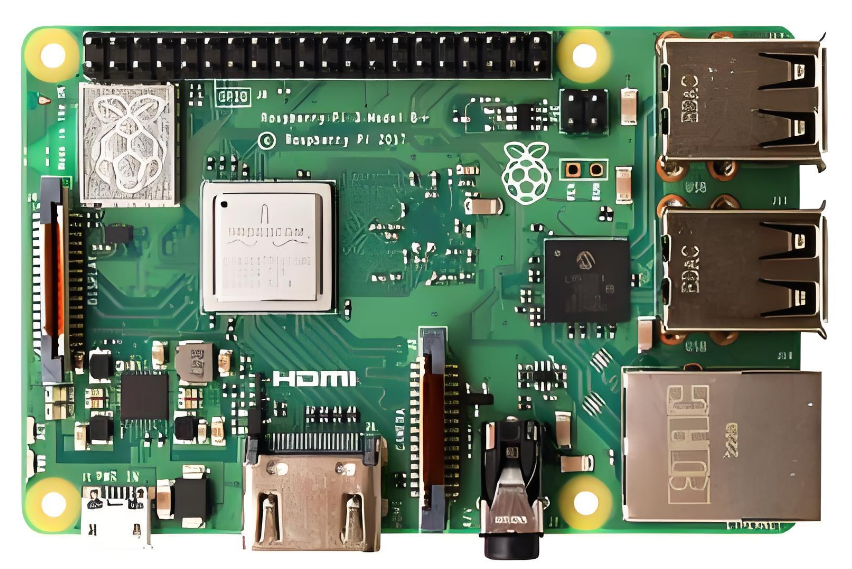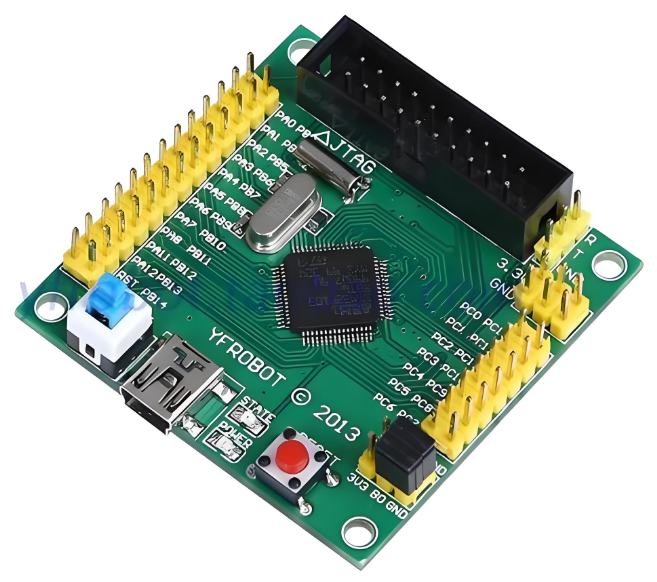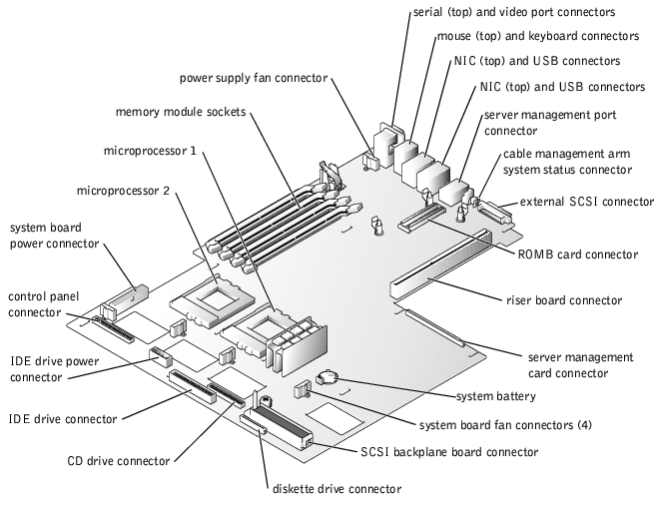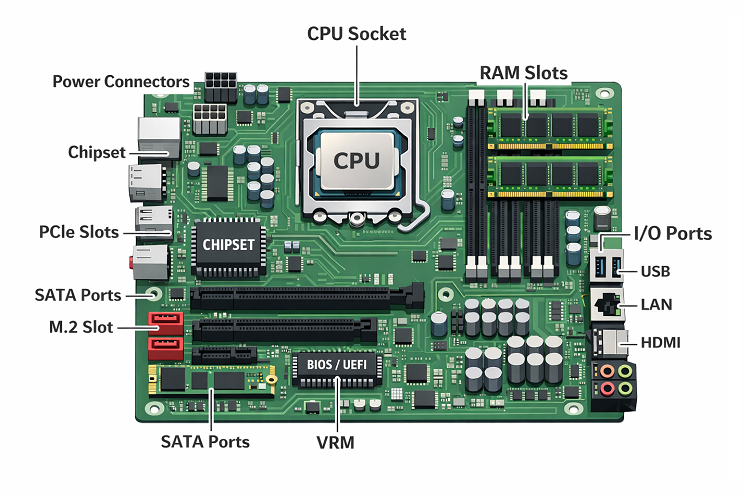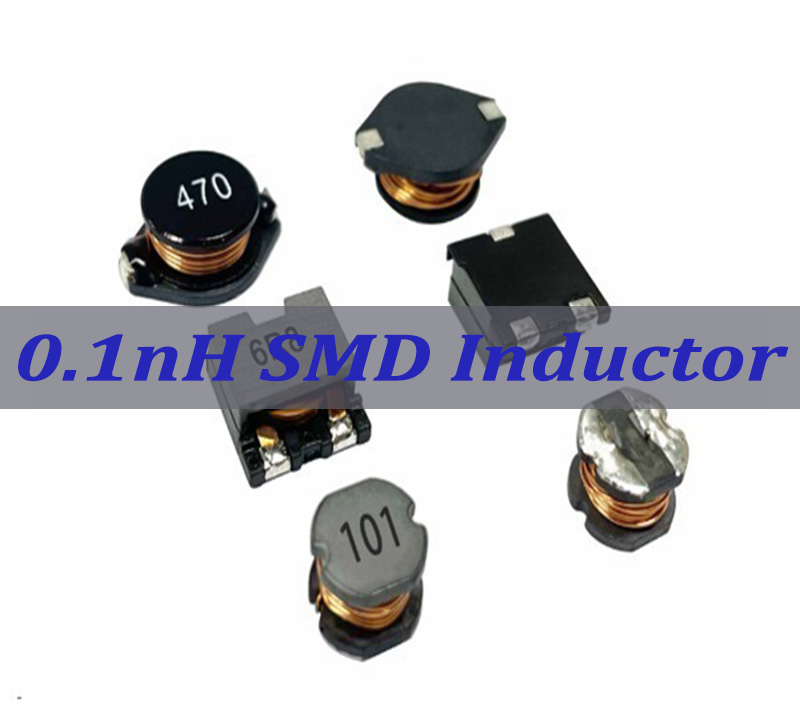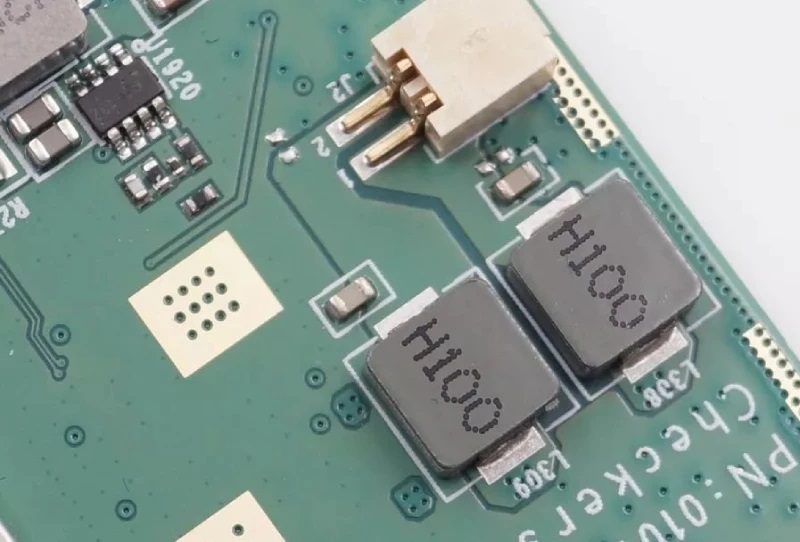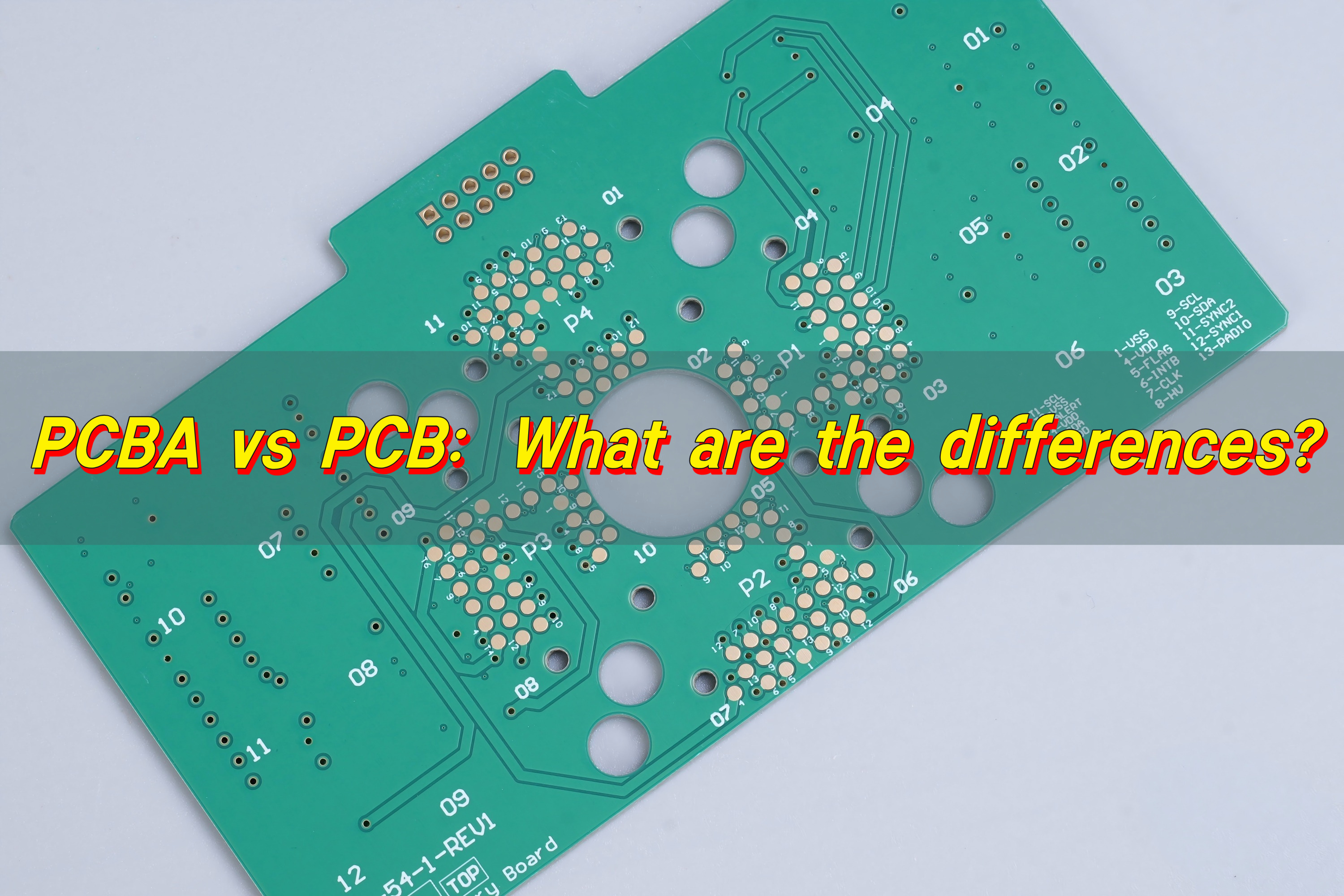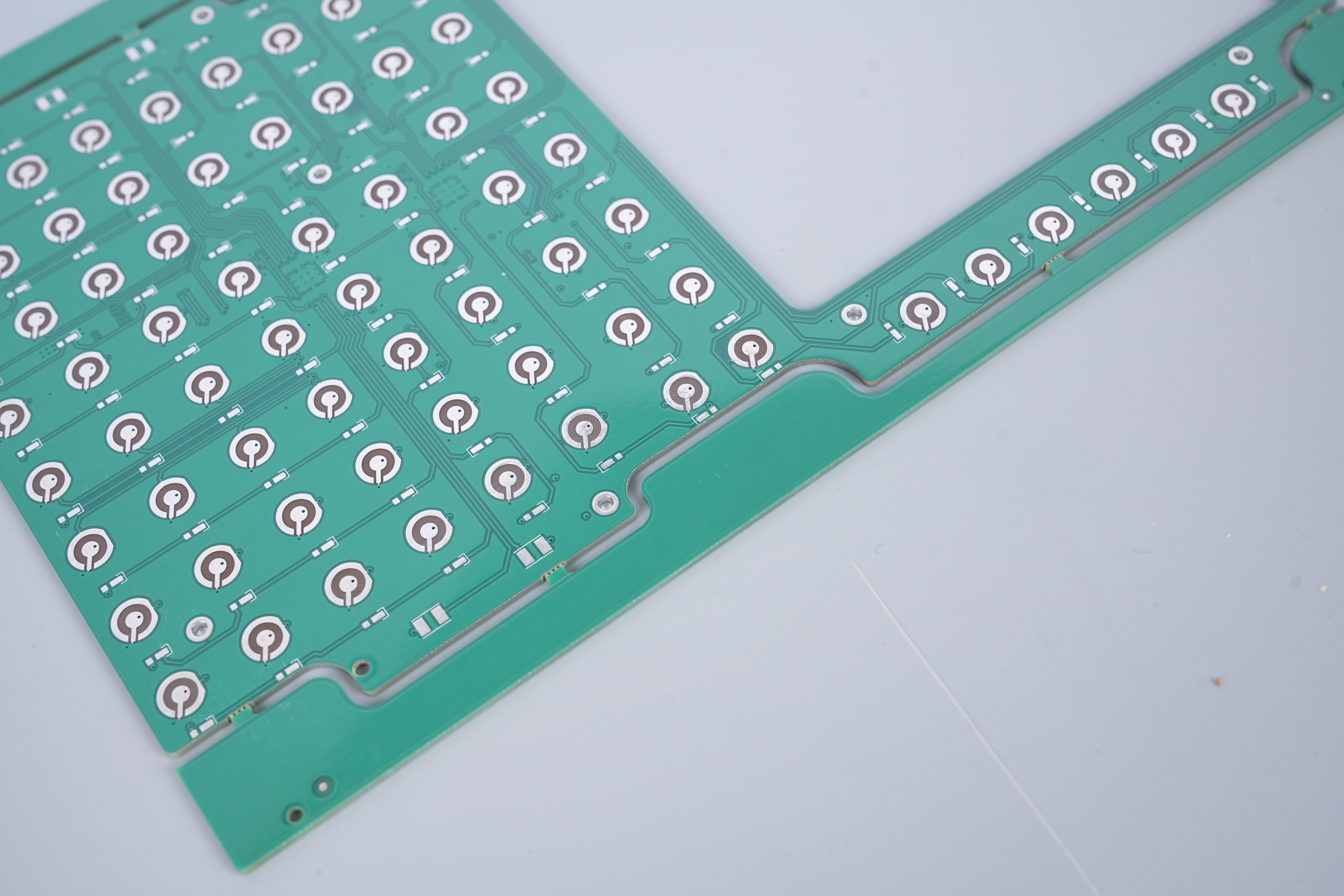Low Volume PCB Assembly‚Äč bridges the critical gap between prototyping and full-scale production, providing a cost-effective method for functional testing and market validation. This article explores its key benefits, differentiates it from high-volume processes, and provides a guide for selecting the right partner to accelerate your product development.
Bringing a new electronic product to life is exhilarating, but the path from prototype to market is fraught with hurdles. What are the critical challenges teams face when sourcing assembled prototypes and small batches?
- High upfront costs and MOQ barriers with standard assembly lines, making iteration financially risky.
- Slow turnaround times due to complex setup and scheduling conflicts on high-mix, low-volume lines.
- Compromised quality and reliability when using hobbyist services or incompatible assembly partners.
- Lack of expert support and design feedback (DFM) to catch errors before manufacturing, leading to costly re-spins.
- Inflexible processes that struggle with component sourcing for small quantities and frequent design changes.
The solution lies in partnering with a specialized Low Volume PCB Assembly Manufacturer‚Äč whose processes are engineered for agility, quality, and support at smaller scales. Here is how the right partner addresses these core challenges:
- Implements flexible pricing models with minimal to no MOQs, drastically reducing the financial risk of prototyping.
- Optimizes workflows for speed, dedicating agile production cells to ensure fast prototype turnaround without sacrificing process rigor.
- Applies the same stringent quality control (e.g., AOI, SPI, functional testing) as high-volume lines to guarantee reliability in every batch.
- Provides proactive engineering support, offering comprehensive Design for Manufacturability (DFM) analysis to optimize designs before fabrication.
- Maintains robust component sourcing networks and inventory management to handle shortages and last-minute changes efficiently.
As a professional Low Volume PCB Assembly Factory, BEST Technology combines state-of-the-art SMT lines with deep engineering expertise to deliver reliable Low Volume PCB Assembly services‚Äč that are fast, scalable, and built to the highest quality standards. Whether you need FR4, flex, ceramic, or metal-based low volume PCB assembly services, we can support your build from prototype to small-batch production. We have 19 years of experience assembling all these board types.
Our core strengths include small-volume capability, multi-variety handling, fast delivery, and responsive service. Most of our customers come from Germany, the United States, and Israel, serving industries such as medical devices, industrial control, robotics, and IoT. For more information or if you would like to send us any inquiry, please send us an email through the contact form at the bottom of our Contact Page.
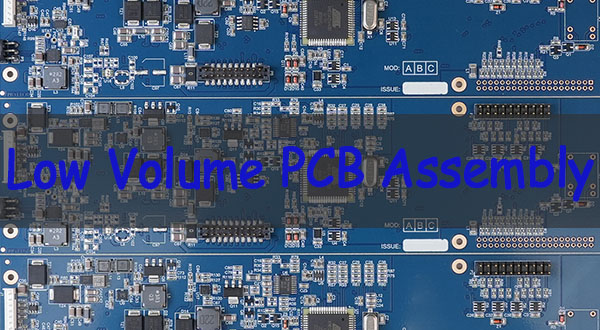
What Is Low Volume PCB Assembly?
Low Volume PCB Assembly‚Äč refers to the process of assembling printed circuit boards in smaller quantities, typically ranging from a single prototype to a few hundred units. This service is tailored for the research, development, and testing phases of product life cycles.
- Core Purpose:‚Äč It enables functional testing, design validation, and market pilot runs without the financial burden of large-scale production commitments.
- Typical Applications:‚Äč Prototyping for startups, pilot runs for OEMs, specialized industrial equipment, niche products, and R&D projects.
- Key Differentiator:‚Äč Unlike bulk production, it prioritizes flexibility, speed, and adaptability over the lowest possible per-unit cost.
The process follows the same core steps as standard PCB Assembly‚ÄĒsolder paste application, component placement, reflow soldering, and inspection‚ÄĒbut is optimized for efficiency at low quantities. The table below summarizes its key characteristics:
| Feature | Description |
|---|---|
| Order Quantity‚Äč | 1 to 500 units (varies by manufacturer) |
| Primary Goal‚Äč | Speed, Flexibility, & Design Validation |
| Setup Emphasis‚Äč | Quick turnaround and easy design changes |
| Cost Structure‚Äč | Higher per-unit cost, lower total project cost |
In summary, Low Volume PCB Assembly‚Äč is the essential bridge between a validated design and mass production, allowing for iterative refinement with manageable risk.
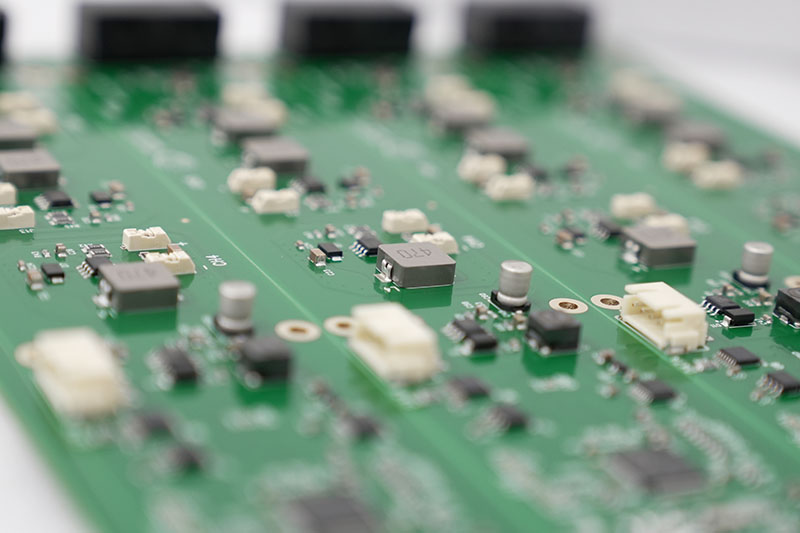
How Does Low Volume PCB Manufacturing Differ from High Volume Processes?
The fundamental difference lies in the core objectives: Low Volume PCB Manufacturing‚Äč prioritizes flexibility and speed for development, while High Volume PCB Manufacturing‚Äč maximizes efficiency and consistency for the market.
- Flexibility vs. Optimization:‚Äč Low-volume lines are built to handle a wide variety of designs with frequent changeovers. High-volume lines are fine-tuned for one design to maximize output.
- Speed to First Article:‚Äč The focus for prototypes is on getting the first working unit fast. For high volume, the focus is on achieving a stable, rapid production cycle.
- Cost Perspective:‚Äč Low volume considers total project cost and time-to-market savings. High volume strives to minimize the cost per individual unit.
Consider the following comparison across key parameters:
| Parameter | Low Volume PCB Assembly | High Volume PCB Manufacturing |
|---|---|---|
| Batch Size‚Äč | 1 – 500 units | 10,000+ units |
| Setup Time‚Äč | Shorter, more frequent | Long, optimized once |
| Line Flexibility‚Äč | Very High (mixed technology) | Low (dedicated to a product) |
| Primary Cost Driver‚Äč | Engineering & Setup Time | Material & Scale Efficiency |
| Change Management‚Äč | Easy and expected | Difficult and costly |
| Tooling‚Äč | Often generic or soft-tooled | Custom, hardened fixtures |
Ultimately, choosing the right process depends on the product stage. For Fast Prototype‚Äč and pilot needs, the agility of a Low-Volume PCB Assembly Factory‚Äč is irreplaceable.
Why Do OEMs Rely on Wholesale Low Volume PCB Assembly for Pilot Production?
OEMs leverage Wholesale Low Volume PCB Assembly‚Äč for pilot production because it de-risks scale-up by testing the manufacturability, supply chain, and performance of a product in a near-market environment.
- Supply Chain Validation:‚Äč A pilot run tests the real-world availability and compatibility of all components before committing to large-scale purchases.
- Process Verification:‚Äč It confirms that the assembly process designed in prototyping works reliably at a slightly larger scale, identifying potential yield issues.
- Market Testing:‚Äč Generates units for beta testing, regulatory certifications, and early customer feedback without massive inventory investment.
- Logistics & Packaging Dry Run:‚Äč Allows testing of the complete fulfillment cycle, from assembly to final packaging and shipping.
In essence, a pilot production run via a Wholesale Low Volume PCB Assembly Supplier‚Äč acts as the final, critical check before the significant capital expenditure of mass production, ensuring a smoother and more predictable launch.
How Do Low Volume PCB Assembly Manufacturers Support Prototype Runs?
Specialized manufacturers support prototype runs by offering tailored services that go beyond simple assembly. They act as development partners.
- Comprehensive DFM/DFA Analysis:‚Äč Before assembly begins, engineers review design files to flag potential manufacturing, soldering, or reliability issues, suggesting modifications to improve yield and performance.
- Rapid Turnaround:‚Äč Dedicated quick-turn lines prioritize prototype orders, often offering services from 24-hour assembly to 5-day production turns.
- Component Sourcing Support:‚Äč They assist in procuring small quantities of components, managing the challenges of Minimum Order Quantities (MOQs) from distributors.
- Mixed Technology Assembly:‚Äč Capability to handle both SMT (Surface Mount Technology) and THT (Through-Hole Technology) on the same board, which is common in complex prototypes.
- Rigorous Testing for Small Batches:‚Äč Even for a handful of boards, they apply appropriate testing (e.g., flying probe, functional testing) to ensure each unit works as intended.
This holistic support system is what makes a Low Volume PCB Assembly Manufacturer‚Äč a valuable asset for any development team, transforming a simple fabrication order into a collaborative engineering effort.
What Factors Shape Low Volume PCB Assembly Quotes During Early Development?
Understanding the components of a Low Volume PCB Assembly Quote‚Äč empowers teams to make informed budgeting decisions. The cost is shaped by several key factors:
- PCB Complexity:‚Äč Layer count, size, material (e.g., standard FR-4 vs. ceramic), and special finishes (ENIG, immersion gold) directly impact the bare board cost.
- Component Factors:‚Äč The number of unique parts, their package sizes (fine-pitch components cost more to place), and source/availability. Obsolete or hard-to-find parts increase cost and time.
- Assembly Difficulty:‚Äč Mix of SMT vs. THT components, need for double-sided SMT placement, or any manual assembly steps.
- Testing Requirements:‚Äč The type and extent of testing (Visual Inspection, AOI, SPI, Functional Test) add time and labor but are critical for reliability.
- Order Quantity & Turnaround:‚Äč While per-unit cost decreases slightly with quantity, the total NRE (Non-Recurring Engineering) and setup costs are a larger portion of the total for very low volumes. Expedited turnaround incurs a premium.
A clear and detailed quote from a Low Volume PCB Assembly Supplier‚Äč will break down these elements, providing transparency and helping you optimize the design for cost without compromising functionality.
Why Do Many Teams Choose China Low Volume PCB Assembly for Small-Batch Builds?
The choice of a China Low Volume PCB Assembly‚Äč partner is often driven by a powerful combination of scale, skill, and value that is uniquely developed in the region’s electronics manufacturing ecosystem.
- Integrated Supply Chain:‚Äč Proximity to the world’s largest component manufacturers and PCB fabricators simplifies logistics, reduces lead times, and often provides cost advantages on the BOM (Bill of Materials).
- Technical Expertise & Experience:‚Äč Many Chinese factories have decades of experience servicing global clients, building deep expertise in handling diverse and complex projects for Low Volume PCB Assembly.
- Advanced Manufacturing Infrastructure:‚Äč Willingness to invest in the latest SMT equipment, automation, and testing gear to serve a sophisticated international market.
- Cost-Effectiveness:‚Äč Competitive labor and operational costs can translate to significant savings, especially valuable for startups and companies developing Cheap Low Volume PCB Assembly‚Äč without sacrificing quality.
When selecting a China Low Volume PCB Assembly Manufacturer, the key is to vet partners for quality systems, communication skills, and experience with international standards to fully leverage these advantages.
What Should Buyers Evaluate When Selecting a Low Volume PCB Assembly Supplier?
Choosing the right partner is critical. Beyond just price, buyers should conduct thorough due diligence on several fronts to ensure a successful partnership.
| Evaluation Criteria | Key Questions to Ask |
|---|---|
| Technical Capability‚Äč | Can they handle your board’s technology (e.g., Boost Converter PCB Layout‚Äč with high-current traces)? Do they offer DFM analysis? |
| Quality Certifications‚Äč | Are they ISO 9001, IATF 16949, or ISO 13485 certified? What in-process quality controls (SPI, AOI) do they use? |
| Communication & Support‚Äč | Is there a dedicated project manager? Are they responsive and proficient in your language? Do they provide clear Low Volume PCB Assembly Quotes? |
| Supply Chain Management‚Äč | How do they handle component sourcing and shortages? Can they provide PCB Assembly Small Volume‚Äč component kits? |
| Scalability‚Äč | Can they support your product from 10 units to 10,000 units? Do they offer both Low Volume‚Äč and High Volume PCB Manufacturing? |
A supplier that scores well in these areas is more likely to be a reliable, long-term partner for your PCB Assembly Low Volume‚Äč needs.
Why EBest Circuit (Best Technology) Is a Trusted Partner for Low Volume PCB Assembly?
As a reliable China low volume PCB assembly factory, BEST Technology‚Äč has built its reputation by focusing exclusively on the challenges and requirements of low to mid-volume production. We understand that your prototype is not just a test board‚ÄĒit’s the foundation of your product’s future.
- Dedicated Low-Volume Focus:‚Äč Our processes, equipment, and team mindset are all optimized for agility, making us ideal for Fast Prototype‚Äč and pilot production.
- Engineering Partnership:‚Äč We provide more than assembly; we offer expert design feedback to enhance manufacturability, reliability, and performance from the start.
- End-to-End Control:‚Äč From PCB Board Prototype‚Äč fabrication to assembly and testing, we maintain strict quality control at every step, ensuring consistency and reliability.
- Global Standard Quality:‚Äč We serve demanding international clients, adhering to the highest global quality and communication standards, making us a reliable Low Volume PCB Assembly USA-alternative‚Äč with competitive value.
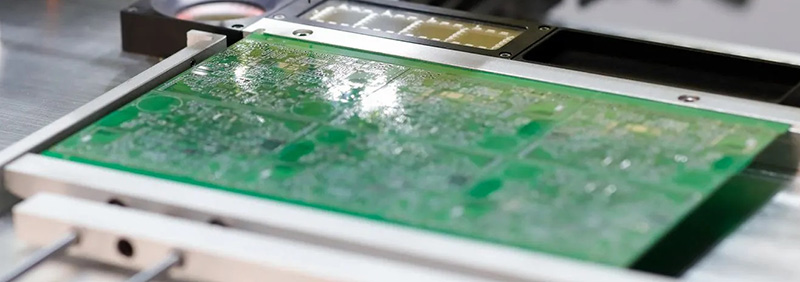
All in all, Low Volume PCB Assembly‚Äč is the critical, strategic service that enables innovation by reducing the time, cost, and risk of bringing new electronic products to life. From validating a PCB Prototype‚Äč to executing a pilot run, it provides the essential bridge between digital layouts and manufacturable boards.
This guide has outlined its importance, differentiated it from high-volume processes, and provided a framework for selecting the right manufacturing partner. For teams seeking reliable Low Volume PCB Assembly services for Fast Prototype‚Äč development, BEST Technology‚Äč stands as a proven partner. Pls feel free to contact our team at sales@bestpcbs.com to request a quote for your next project.



